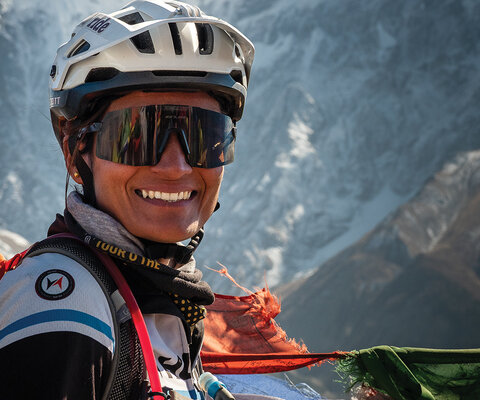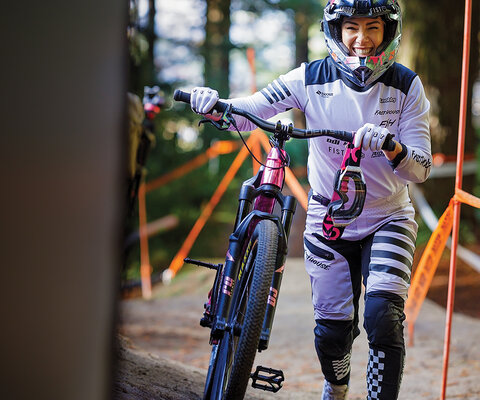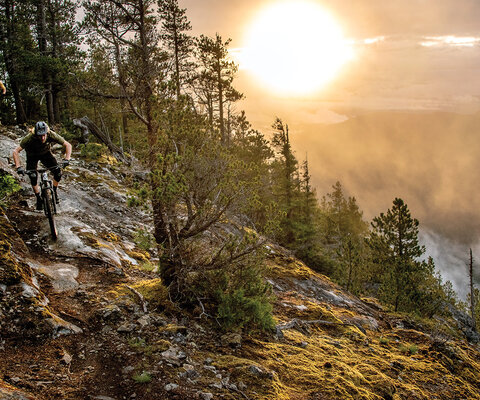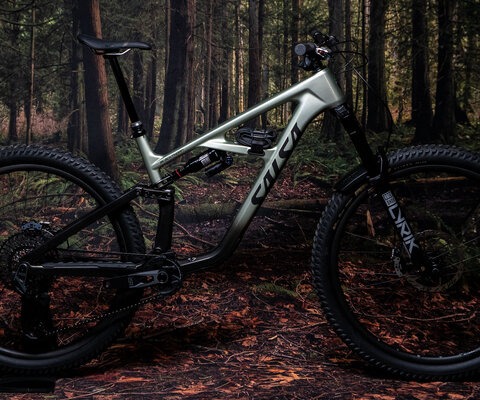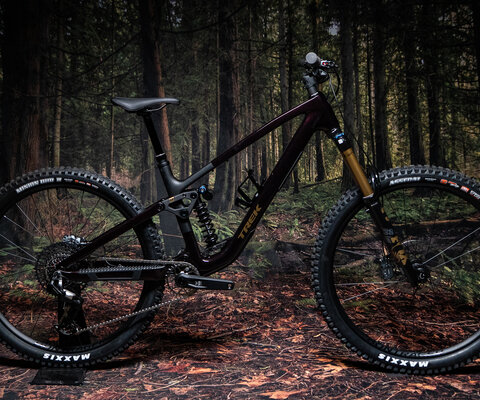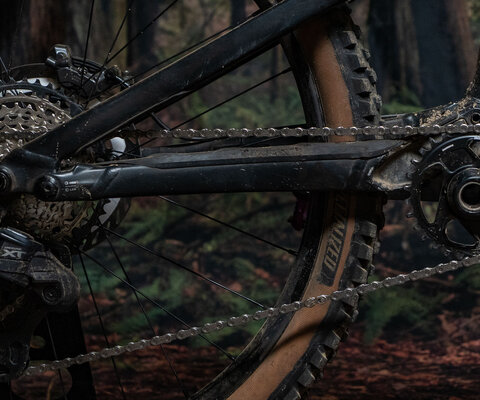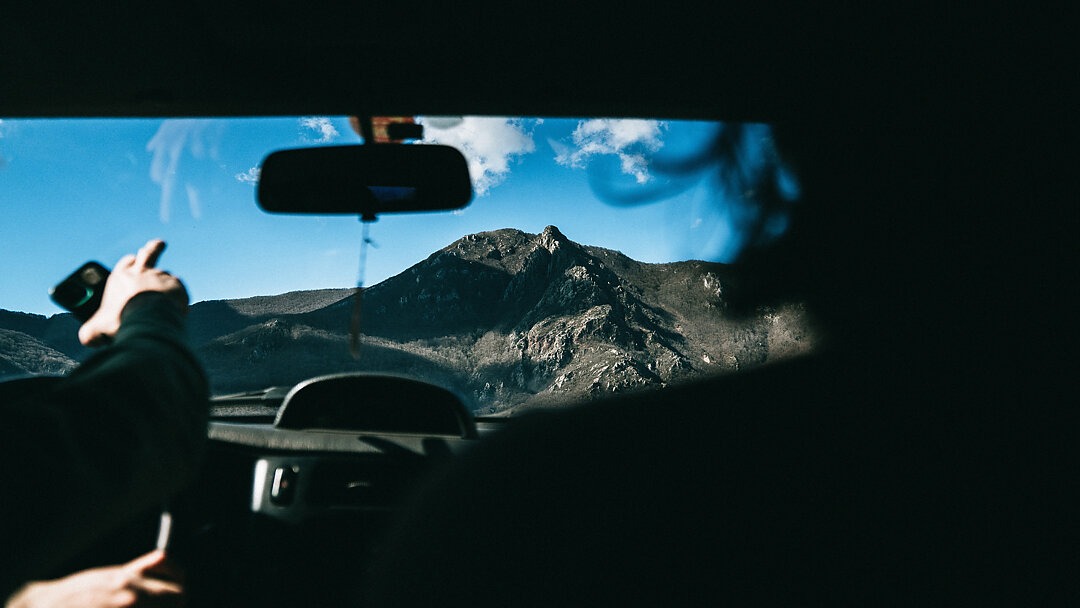
Our Backs to the Sea Exploring Ancient Paths and Stories in Finale Ligure
Words and Photos by Cían Byrne
I know that smell. That warm, sweet scent hiding deep beneath layers of bark. The sun has reached the hills of Finale Ligure, warmed up the sap inside pine trees, and now its bouquet blankets the trail. In this northwestern, coastal corner of Italy, the aroma is synonymous with spring mountain biking.
Surrounded by the sweetness—and the thud, thud, thud of this notoriously unforgiving terrain punishing my suspension—I fall into the rhythm of the trail, letting it show me how it wants to be ridden.
“These are natural flow trails,” says Giacomo Caruzzi, a happy-go-lucky mountain biker from nearby Genoa. “They’re natural flow because people have been flowing naturally through these valleys on these trails for thousands and thousands of years. They just happen to be bike trails right now.”
After years of grassroots development, Finale Ligure is now firmly cemented in its status as one of the foremost mountain biking destinations in Europe. Rideable pretty much year-round thanks to a relatively mellow marine climate and home to more than 200 trails, Finale’s natural riches have combined with high-profile Enduro World Series (EWS) race coverage in recent years to help biking truly blossom. But the story of Finale Ligure and its trails starts way back in history, back when early humans first discovered this part of the Ligurian Alps.
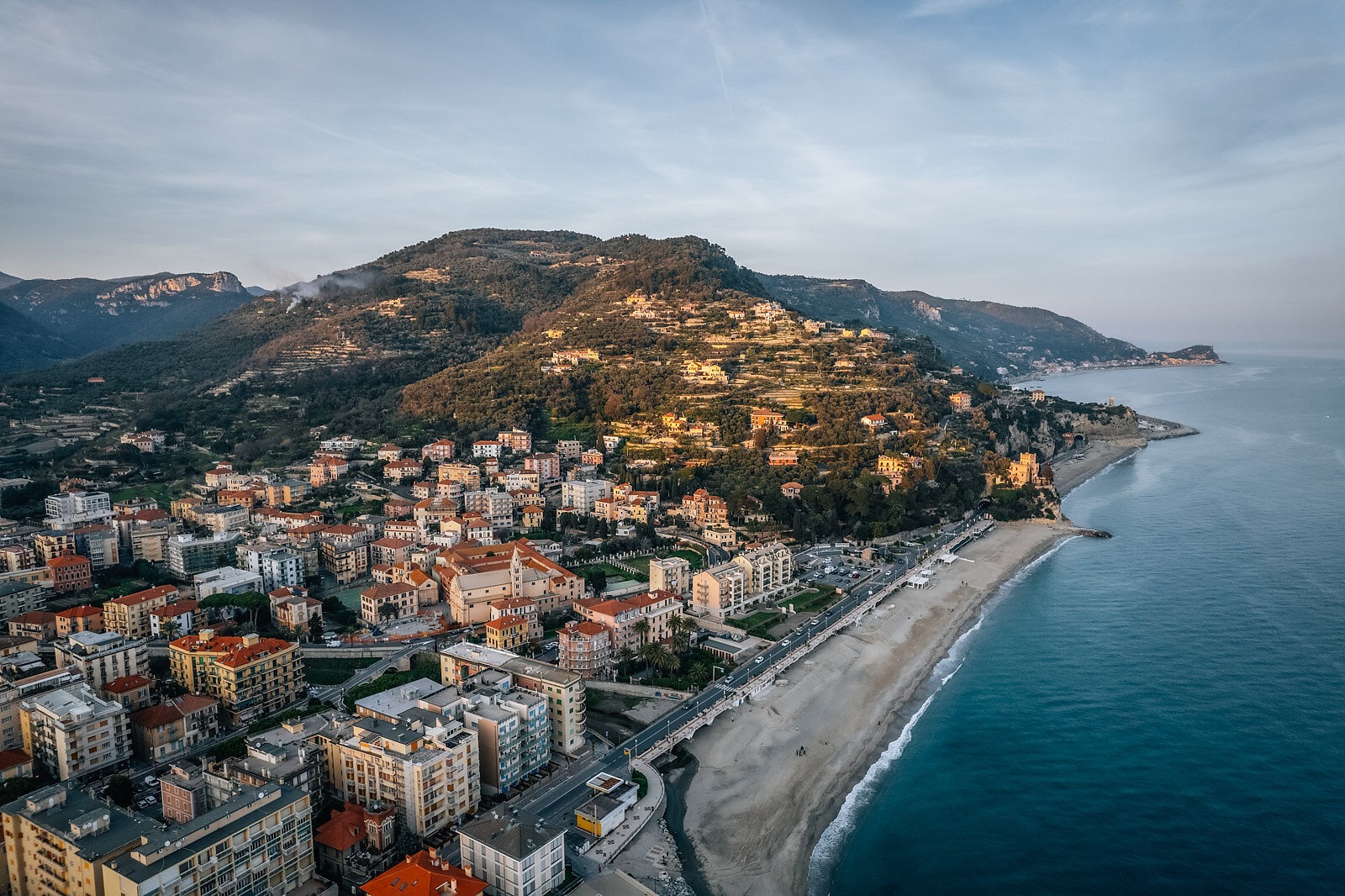
Here, intimidating limestone mountains loom over the coastline and form deep cracks and valleys. Water-formed caverns in the mountains offered natural protection from the elements during the Stone Age. I rattle down “Ruggetta,” an old-school tech trail in the San Bernardino area that’s sprinkled with derailleur-swiping rock gardens and rubber-polished rock rolls until I tuck through a narrow gap in a crumbling wall and enter a wide clearing that’s guarded by gnarled and mauled caves on either side.
When the Romans invaded Liguria in 181 B.C., the Ligurians couldn’t match their warfare tactics on the open battlefield. Instead, they retreated up trails like these, hid in caves, and launched surprise attacks in clearings. The impossible fight was eventually lost and the trails changed again, this time developed by the Romans to allow the Empire access to the furthest reaches of the valleys.
Ribbons of roads traverse the mountains now. I’m driving up Melogno, a coastal mountain over 1,000 meters (8,000 feet) tall with Federico Carubini, a stereotypical mountain-town-dwelling biker—laidback, funny, and brilliantly knowledgeable about the landscape. Our bikes rattle in the back of the pickup and a Hasbulla air freshener tilts toward me as we make our way up the steepest pitches to the trailhead. The traditional seaside architecture of Finale Ligure is nowhere to be seen up here; the houses instead look like ski chalets, with sloped roofs to deal with the snow. Short, stubby stone walls are scattered through the chestnut forests.
“They built these walls to catch the chestnuts as they rolled down the hills. People would hike up here at harvest time, collecting the chestnuts from the walls and drying them out in the huts dotted through these hills,” Carubini says, gesturing as if the chestnut collectors were still here. “When they were dry, they brought them back down to the coast, giving them to their families and selling them at the markets. Nobody does it anymore, though. That all ended back in the ‘80s.”
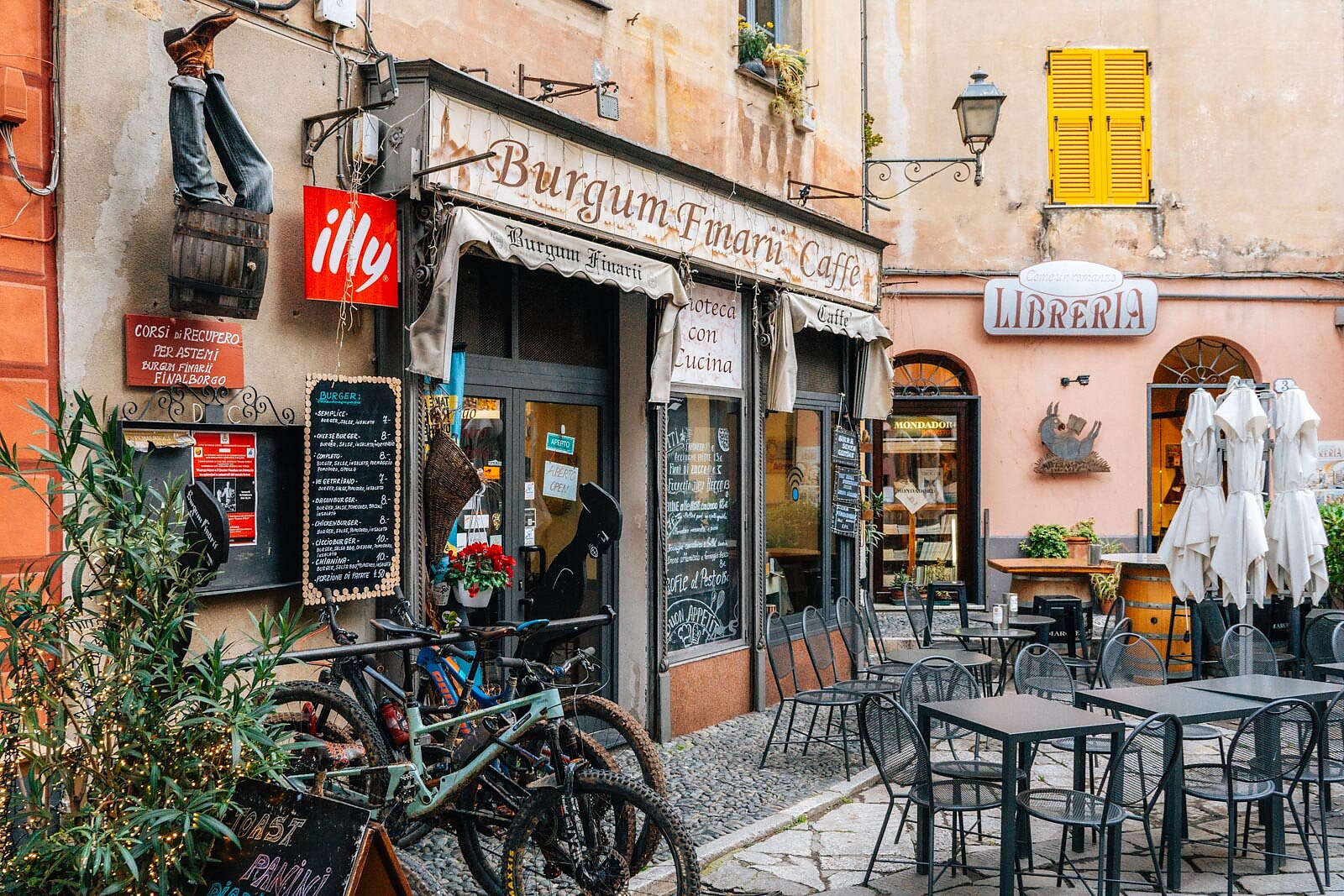

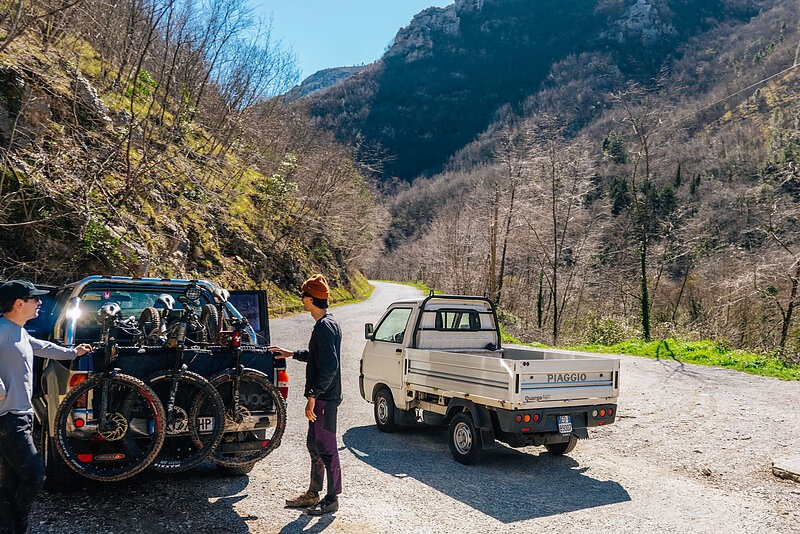

Broken and crumbling, the wall’s original use is long gone, but Carubini brings the area to life with his stories.
Pedaling down the gravel road with chestnut trees attempting to leaf above, we drop into “Revenant,” a trail that chestnut workers once hiked up to reach the forest and which now functions as a brilliantly fun, black flow trail. Laden with tight switchbacks and steep chutes, the line is punched with rocky knuckles that make my eyes quickly dart from side to side in the hope of finding the most playful line possible.
As the elevation drops, pine trees rise in place of the chestnut forest and the earth beneath us turns darker, softer, and quieter. A blanket of pine needles covers the trail now as it weaves up, over, and down the contours of the mountainside as if it was traced by the airy spring breeze.
“Before World War II, people were paid to plant these pine forests all over Italy,” Carubini says. As I watch him effortlessly navigate the harsh terrain, I realize he’s not only the type of rider I could only ever dream of being, but he also knows every story of these trails. “They help protect against landslides. And, who knows, maybe they planned to use the wood for the war.
Right now, the trails in Finale Ligure are in their “glow-up era.” They’ve just moved to the big city, got a job with plenty of money, and things have never looked better. Having hosted a stage of the EWS and EDR World Cup each year since their inception, it can feel like the success of the region is yet another naturally occurring evolution of its landscape. But one of the major story shifters in the tale of Finale Ligure is Enrico Guala. A moto rider turned mountain biker from Genoa, Guala has used—and continues to use—his ability to spot an opportunity and see the bigger picture to turn Finale Ligure from a sleepy town on the Italian Riviera into one of the most essential places to ride in the world.

“People thought we were crazy,” Guala says with a dash of his cheeky charm. I’m sitting in his office, a wooden cabin in a yard that’s lined with shuttle trucks and Land Rover Defenders. An espresso machine squeals and pours in the background. “There we were, on the gorgeous Italian Riviera by the sparkling blue water and we said, ‘Let’s turn our backs on the sea and look to the mountains instead to define Finale.’”
Mountain biking in Europe in the late ‘90s couldn’t hold a candle to what was happening in North America at the time. After seeing the success of events such as 24 Hours of Moab, Guala and his friends knew that they had to do something to put their corner of Italy, and Europe more broadly, on the mountain biking map. They didn’t do just one thing though. Guala and his friends did four. All at the same time.
“If it works in Moab, why couldn’t it work here? So, we started a marathon race,” Guala says, stopping to laugh. He does this a lot. “The trail was crazy. I don’t know how people rode it—you’d think twice on an enduro bike these days, but they were sending it on old hardtails. 24H of Finale got the XC eyes on our trails."
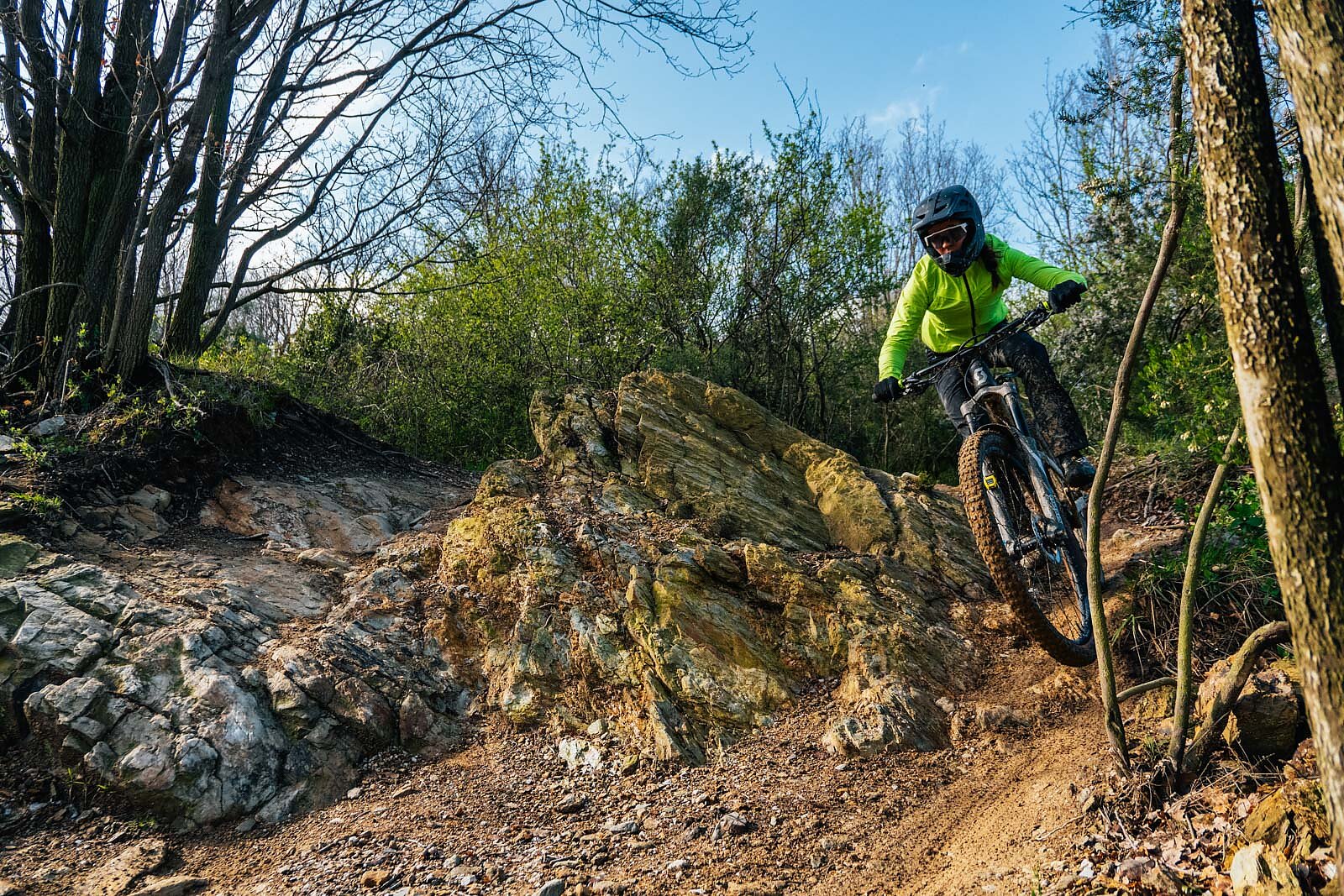
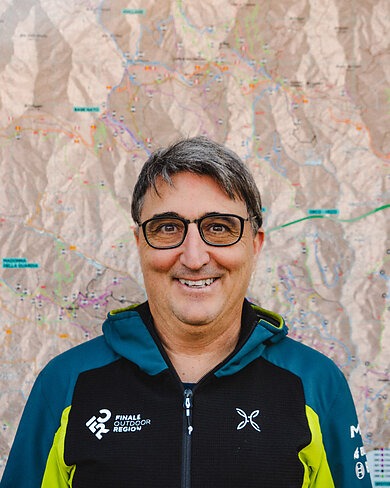
On the other side of the world at this time, freeride was blowing up in North Vancouver with the Fro Riders acting as the pioneers of hardcore mountain biking. Guala saw an opportunity and invited them over for Funky Day, a Finale mountain biking festival, along with editors from various mountain biking magazines. Somehow, he also managed to get the Mountain Bike Hall of Fame to relocate from Crested Butte, Colorado to Finale for a three-month stint.
“My god, these guys! It was insane,” Guala says, laughing yet again as he relives the moments with lots of hand gestures. “They were riding things that we couldn’t ever imagine. We were watching Wade Simmons, Brett Tippie, and Richie Schley here in Finale! We thought, ‘We have to build trails for these riders.’ So, we did.”
Success didn’t exactly come overnight, but Guala can pinpoint exactly when it arrived.
“The Fro Riders shot a clip for ‘Cranked II’ on a trail overlooking the sea—totally, totally beautiful,” Guala says. “And there, at the start of the clip, with the mountains and the sea in the background, a line fades in ‘Finale Ligure, Italian Riviera.’ We were on the map.”
He still looks surprised that they pulled it off. One week later, tourists with bikes arrived and the story of Finale changed yet again.
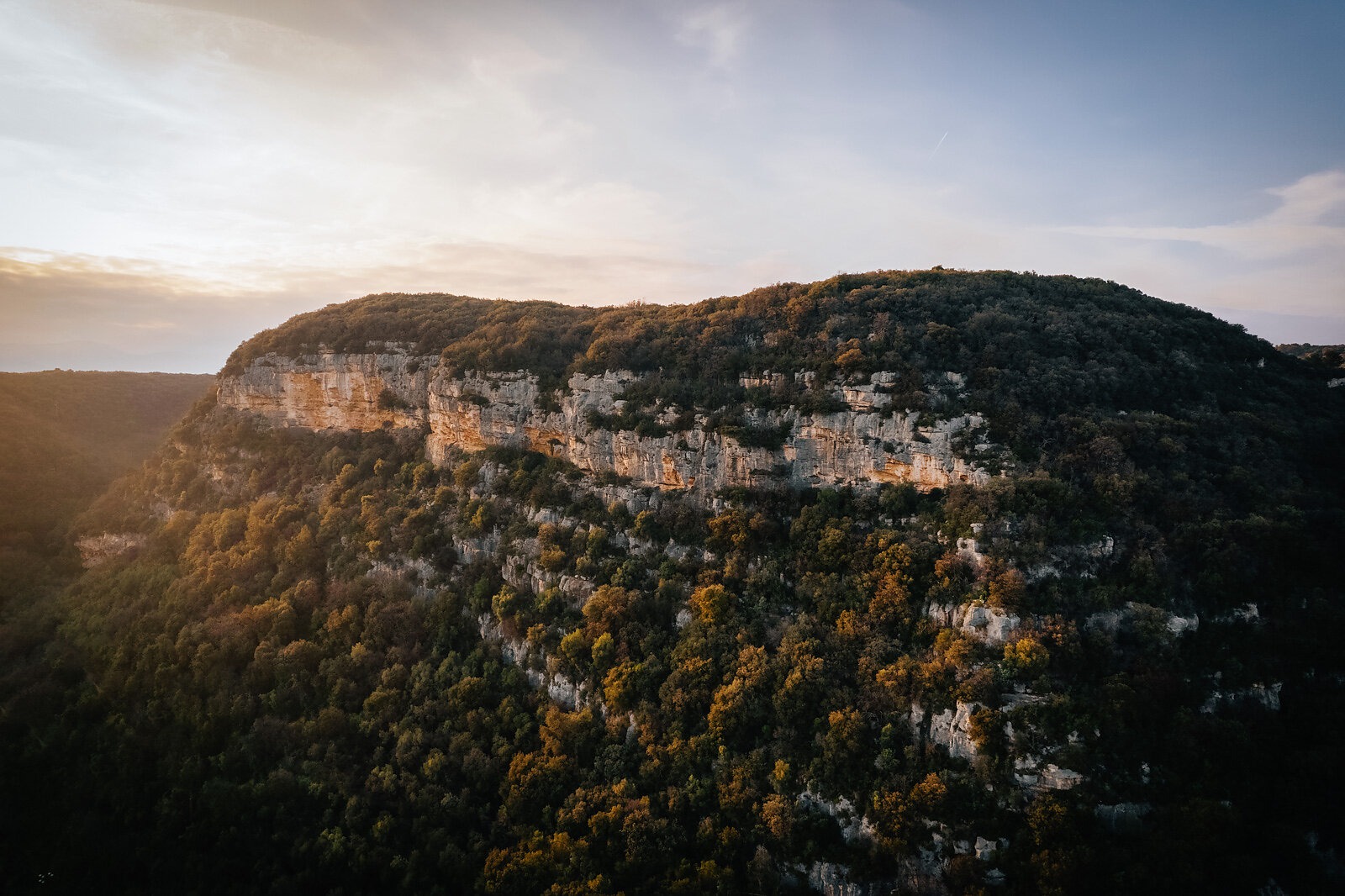
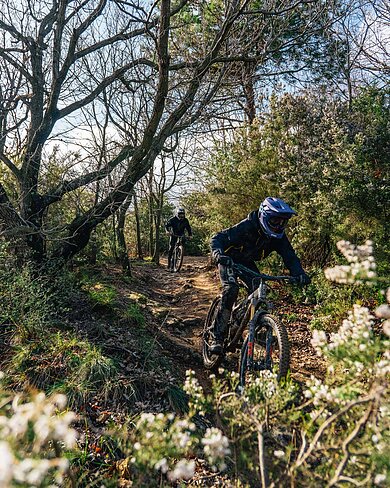
“Rollercoaster” is the headline act here nowadays, it’s the trail that everyone who comes to Finale rides at least once. I point my front wheel down the four-mile-long descent that’s loaded with swooping berms and drops so perfect I ride them blind. Just as my brake fingers creep closer and closer to the bars, the flow edges towards tech with rock roll after rock roll through vaulted, red dirt gullies.
“We like to laugh on the climbs, race each other on the downs, and have a beer after,” Guala says, summing up Finale’s mountain bike culture perfectly. “That’s the vibe of the place now and we want to share it with everyone.”
Riding back to my apartment and looking up at the ancient, forested hills, I’m glad that I get to experience this chapter in the lives of these trails. I know I wouldn’t have lasted long as a chestnut collector.
